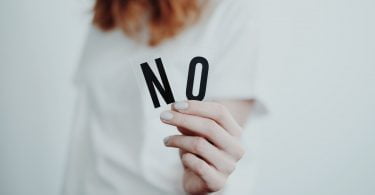In a world of ever-increasing gender awareness, Facebook recently announced that its users will now have the choice of 50 new genders for their profiles.
In a world of ever-increasing gender awareness, Facebook recently announced that its users will now have the choice of 50 new genders for their profiles.
Although currently only available in the US, eligible users now have the choice of up to 50 new gender options, including transgender, bi-gender, gender-fluid and androgynous.
Users will also be able to select a preferred pronoun to be referred to on the site – “he”, “she”, or “they.” Also, the existing function that allows users to hide their chosen gender from their friends or the public is still available.
The change was announced via a post on the Facebook Diversity page, which stated, “When you come to Facebook to connect with the people, causes, and organizations you care about, we want you to feel comfortable being your true, authentic self.”
“An important part of this is the expression of gender, especially when it extends beyond the definitions of just ‘male or female.’ So today, we’re proud to offer a new custom gender option to help you better express your own identity on Facebook.”
Developing an online representation
Previously users were limited to choosing from male or female, or alternatively not listing their gender at all. However, LGBT campaigners regarded this as too restrictive.
The new options were implemented after Facebook consulted on the subject with gay and transgender rights organisations, and the action comes after years of lobbying by users petitioning for Facebook to make these changes.
Although these additions will mean nothing to a lot of people, it means a lot to those who are impacted. It reflects the growing influence of the transgender rights movement in the US where people are increasingly demanding equal civil rights to those of the gay community.
In recent years Facebook profiles have become the centre of most people’s online identities, and this step has allowed more people the freedom to accurately represent themselves online.
Following the announcement, the move has been slated by some, with critics saying Facebook has gone over the top by providing too many options.
Perhaps they have, but think about the people who don’t identify with the traditional gender binaries, and how they must feel about their genders finally being recognised.
Granted, 50 is a big step up from the 2 original options, but I think Facebook has got the right idea by including such a variety. It avoids pigeonholing, and allows a much greater freedom for its users.
Conversely, many users welcomed the change, and have been posting messages of appreciation on Facebook’s diversity page as well as around the web.
Facebook’s new and specific gender options have put the site far ahead of other social media platforms. For example, Google+ only offers the choice of male, female, or “other,” at the moment, and a lot of sites only include the traditional male or female as options.
Now a lot of people are saying that the next step for Facebook is to introduce a wider variety of family relationship choices, as well as more options for sexual preferences.
What do you think of Facebook’s move to introduce more genders? Have your say in the comments section below.








